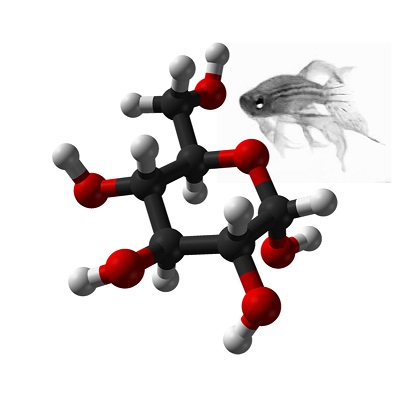Murad, Ali, Anjali K Nath, Sung-Tae Cha, Erhan Demir, Jaime Flores-Riveros, and Roc\ \io Sierra-Honigmann. 2003. “Leptin Is an Autocrine/Paracrine Regulator of Wound Healing”. FASEB J 17 (13): 1895-7.
Abstract
Leptin, a 16 kDa pleiotropic cytokine primarily expressed in adipose tissue, has been shown to cause multiple systemic biological actions. Recently, leptin has also been documented as an important component of the wound healing process and its receptor appears to be expressed in wound tissue. We have previously demonstrated that leptin is a potent angiogenic factor exerting direct effects on endothelial cells and that transcription of its encoding gene is regulated by hypoxia. Here, we hypothesize that leptin expression is acutely up-regulated in the ischemic tissue of experimental wounds. Using a combination of in situ hybridization and quantitative RT-PCR experiments, we show that leptin expression is rapidly and steadily up-regulated in skin tissue from incisional and excisional wounds. By immunohistochemistry, we demonstrate increased and sustained leptin protein levels in basal keratinocytes, blood vessel walls, and fibroblasts. To determine whether leptin is required for normal healing, excisional wounds were treated with neutralizing anti-leptin antibodies. This treatment markedly hampered healing progression and prevented wound closure and contraction. Finally, a transient rise in circulating blood leptin levels was detected within the first 24 h after inflicting the injury; we present evidence suggesting that this elevation is due to increased leptin production at the ischemic wound site. We conclude that leptin is acutely up-regulated in the injured skin and propose that this local production of leptin serves a critical functional role as an autocrine/paracrine regulator of normal wound healing.
Last updated on 03/22/2023
